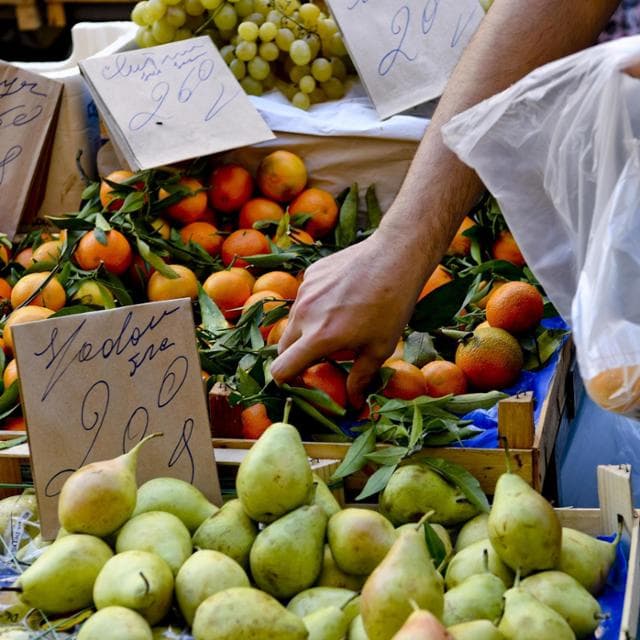Inflation effect on food: Italians spend more but consume less
from the business department
Business

MILAN – Italian industry shows positive signs in June: the seasonally adjusted index of industrial production increased by 0.5% compared to May (-1.2% the quarterly figure compared to the previous three months).
The seasonally adjusted monthly index shows cyclical growth for capital goods (+1.5%), intermediate goods (+0.4%) and energy (+0.3%); for consumer goods, on the other hand, a slight decline was observed (-0.1%). Adjusted for calendar effects, the overall index tended to fall by 0.8% in June 2023 (as in June 2022, there were 21 calendar working days). Only capital goods are growing (+7.6%); On the other hand, consumer goods (-2.3%), intermediate goods (-4.4%) and, even more significantly, energy (-9.4%) all fell. This is according to the surveys published by Istat.
from the business department
Among the economic sectors, the manufacturing of means of transport shows a broad growth trend (+25.1%), followed by the manufacturing of basic pharmaceutical products and pharmaceutical preparations (+11.8%) and the manufacturing of machinery and equipment (+0.4%). . %). The largest decreases were recorded in the wood, paper and printing industries (-14.6%), in the manufacture of chemical products (-13.3%) and in the manufacture of coke and refined petroleum products (-12.9%). .
The Istat update comes almost together with the monthly economic report. According to the Institute, the Italian economy performed worse in the second quarter than the other major European partners. GDP fell by 0.3% quarterly, bringing the deviation for 2023 to 0.8%.
In its communication, Istat emphasizes that “labor market conditions remain favourable”. In fact, employment growth was confirmed in June amid falling unemployment and inactivity rates. The employment rate rose to 61.5%, but is well below that of the main European partners, registering an increase of 0.2 points compared to May and 1.1 points compared to June 2022. Overall unemployment fell to 7.4%. The inactivity rate dropped to 33.5%.
There are also positive signs on the price front. The difference in the harmonized index of consumer prices (IPCA) between Italy and the euro zone was still positive in July, but continued to narrow. Consumer confidence fell in July, mainly due to deteriorating opinions on the general economic situation and personal expectations. The composite business index instead posted a rise after two consecutive declines.
As for the near-term outlook, Istat says confidence indicators are showing “mixed signals. Consumer confidence fell in July, mainly due to worsening opinions on the general economic situation and expectations about the personal economic situation. In contrast, the composite index of business confidence showed an increase after the decline in the previous two months.”